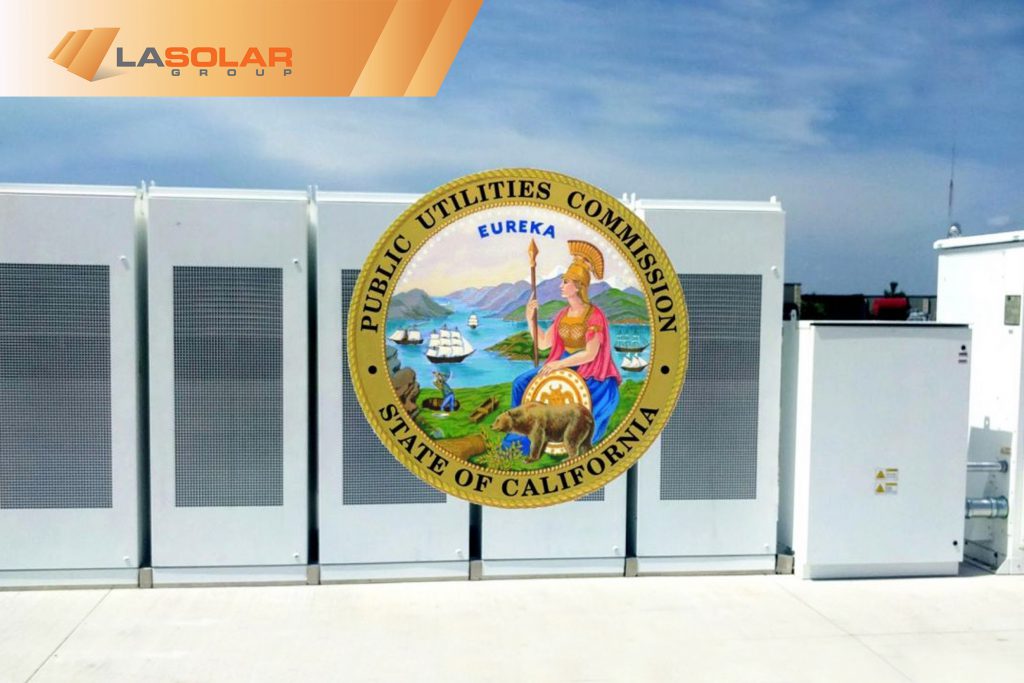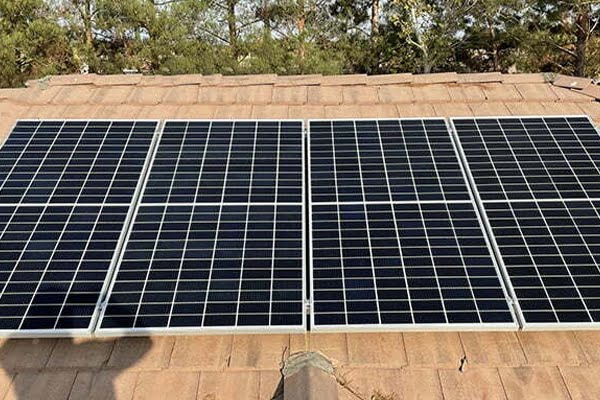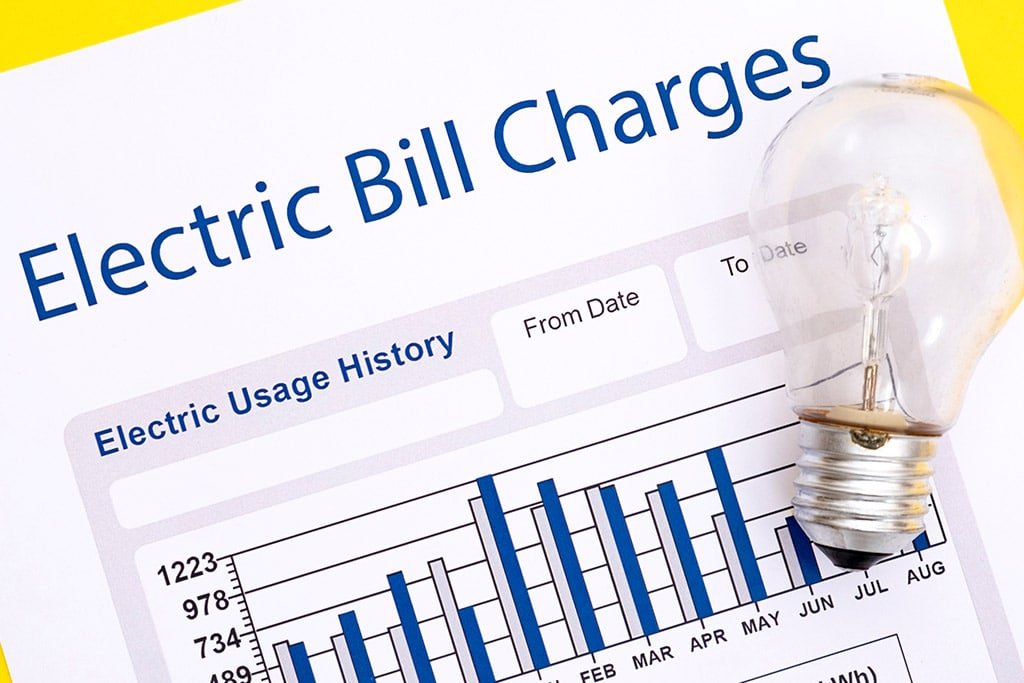The Self-Generation Incentive Program (SGIP) provides financial incentives for the installation of new qualifying technologies that are installed to meet the electrical needs of a utility. Energy storage is one of those technologies that has gain popular demand. The purpose of the program for the state of California to reduce their Greenhouse Gas (GHG) emissions and reduce the customer cost of electricity.
For those that decide to generate their own power, the SGIP is a great option for both home and business owners. Energy storage is included among several other emerging technologies that the statewide program has authorized to qualify for the rebates.
What is great about the program is that if you already own a solar system and pair it with battery storage, you will be eligible for the incentive and reduce your cost toward an energy storage solution. In addition, there is no minimum or maximum size criteria to qualify although the payment is capped at 3 MW. If however, the storage unit is not certified to operate with the utility grid it will not qualify, such as systems that are not permanently installed.
Base incentive for the program is $1.31 per watt.
It’s important for customers who do purchase and energy storage unit to apply for the rebate. That way the customer will receive a reservation for up to 12 months after the utility has authorized to operate the system with their grid.
Additional program eligibility requirements for battery storage systems includes:
- Must have the capability to discharge it’s rated capacity for a minimum of 2 hours
- Must be capable of discharging fully at least once per day
- Incentive capacity of will be based upon 100% of the last 12 months of electrical consumption
- Monitoring equipment must be installed and list http://www.gosolarcalifornia.ca.gov/equipment/index.html
- Daily electrical meter reporting of energy data
- Electrical meter must retain collected data to store 7 days of data in case of power outage
- Electrical meter install must provide data used to assess performance of the system, analysis on the impact on utility distribution system, and net GNG (greenhouse gases) emission impacts.
- Meter accuracy must be within ± 2%
15% of the incentive funds will go towards residential battery storage projects that are less or equal to 10KW.
With California pushing more opportunity towards clean energy, battery storage has received a big nod and those that choose to incorporate the technology will be benefited environmentally and economically. With the CPUC (California Public Utilities Commission) allocating 75% of the program’s funding toward energy storage, the program will be lottery based with all applications being submitted at the same day (from those who have made reservations).





